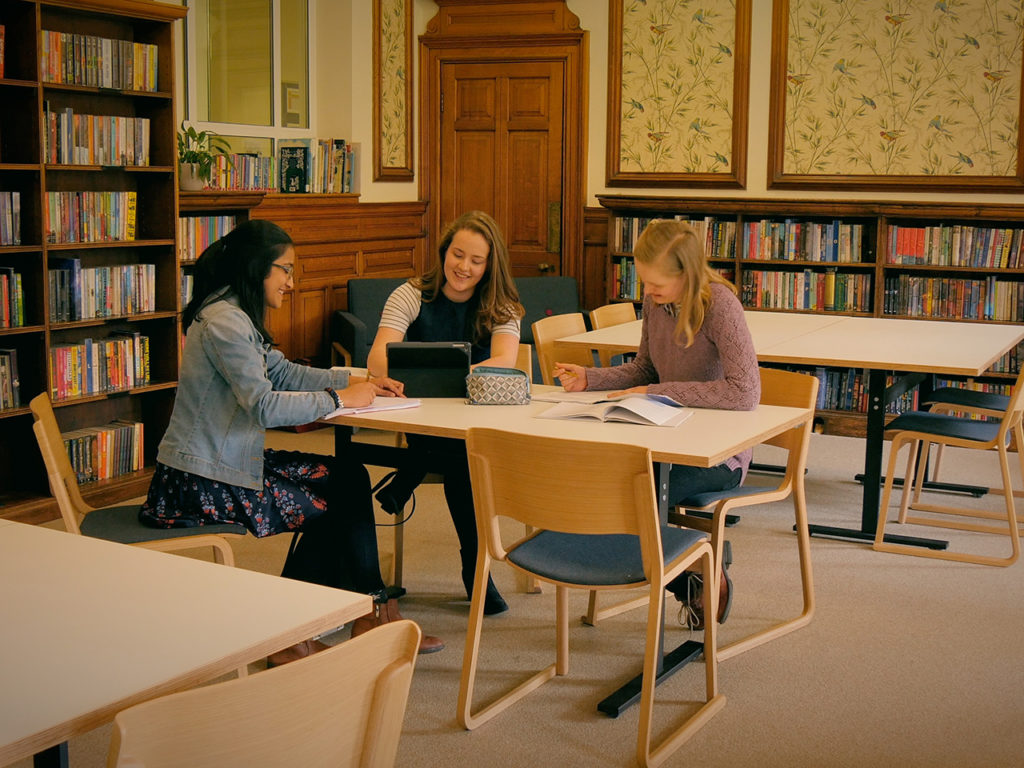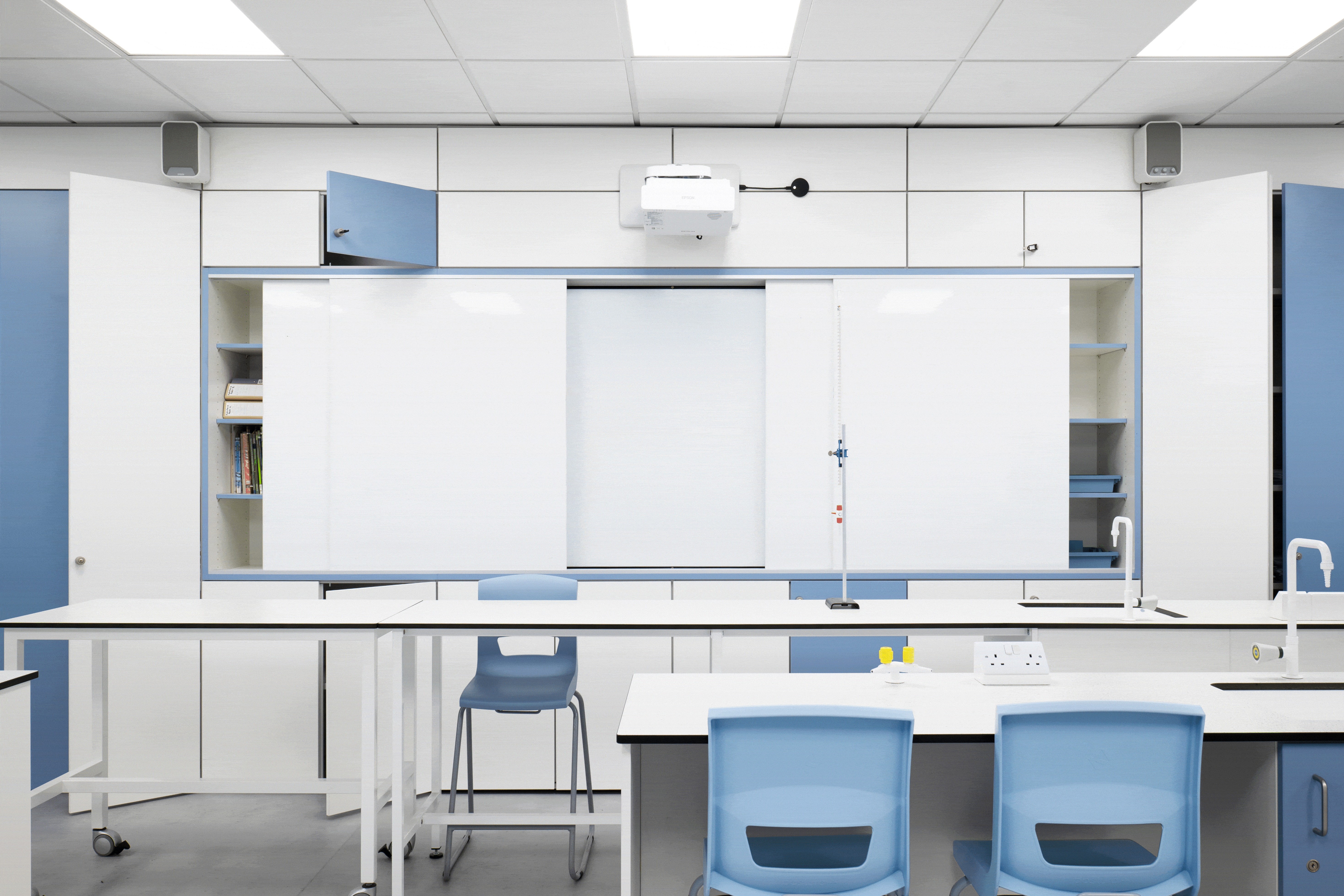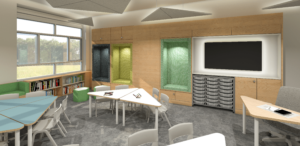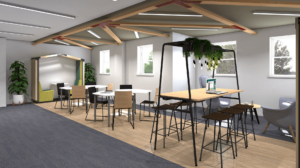In this article, we share our ‘Big Three’ for planning your next school development project.
Whether you’re looking to upgrade a science lab, a library or a classroom. Covering the bases on these three environments will help maximise the success of your project.
Virtual environment
Times have changed. We’re becoming ever-reliant on technology for day-to-day living. Today’s digital natives use technology to survive. When redesigning an educational space, the virtual environment is too important to ignore.
We’re no longer in the age of slate and chalk, and the days of the paper text book are numbered. Accommodating student’s virtual needs, such as Wi-Fi and connectivity, charging facilitiesand data storage will need to take place among your top priorities before you redesign any space in your school.
Physical environment
The physical environment within a school has huge impact on results, student wellbeing and the overall success of the school. A recent study by the University of Salford revealed that exam results could be impacted by 16% both negatively and positively by the quality of the physical learning environment.
How would you feel if you were learning in a dirty space with peeling paint and threadbare carpet? It’s all about helping students to thrive and do their best!
From acoustics, to lighting, furniture, flooring and many other aspects of the physical environment –ensure your learning spaces help students to be the best they can be.
Behavioural environmentThe third aspect to your learning environment is the behavioural landscape. Often overlooked, the behavioural environment within your new space will be the real determiner of the ROI of your project. When your space works for your people, then you know you have succeeded.Aside from including students and other stakeholders in the design process, your new learning space has the potential to embrace new ways of learning. Ensure your students understand how they should use the space to their maximum advantage to increase flexibility and collaboration
Implementing a change management team that opens up 2-way communication channels is a great way to strategise and form your behavioural environment. This helps to ensure that the users of your new space are informed about the changes, as well as having a forum for feedback and answering any questions.
The last word
Building your school learning environment on these three design pillars will ensure you achieve the best long-term results from your project. Engage with your stakeholders as well as industry experts. Ask yourself questions and don’t be afraid of dreaming big



